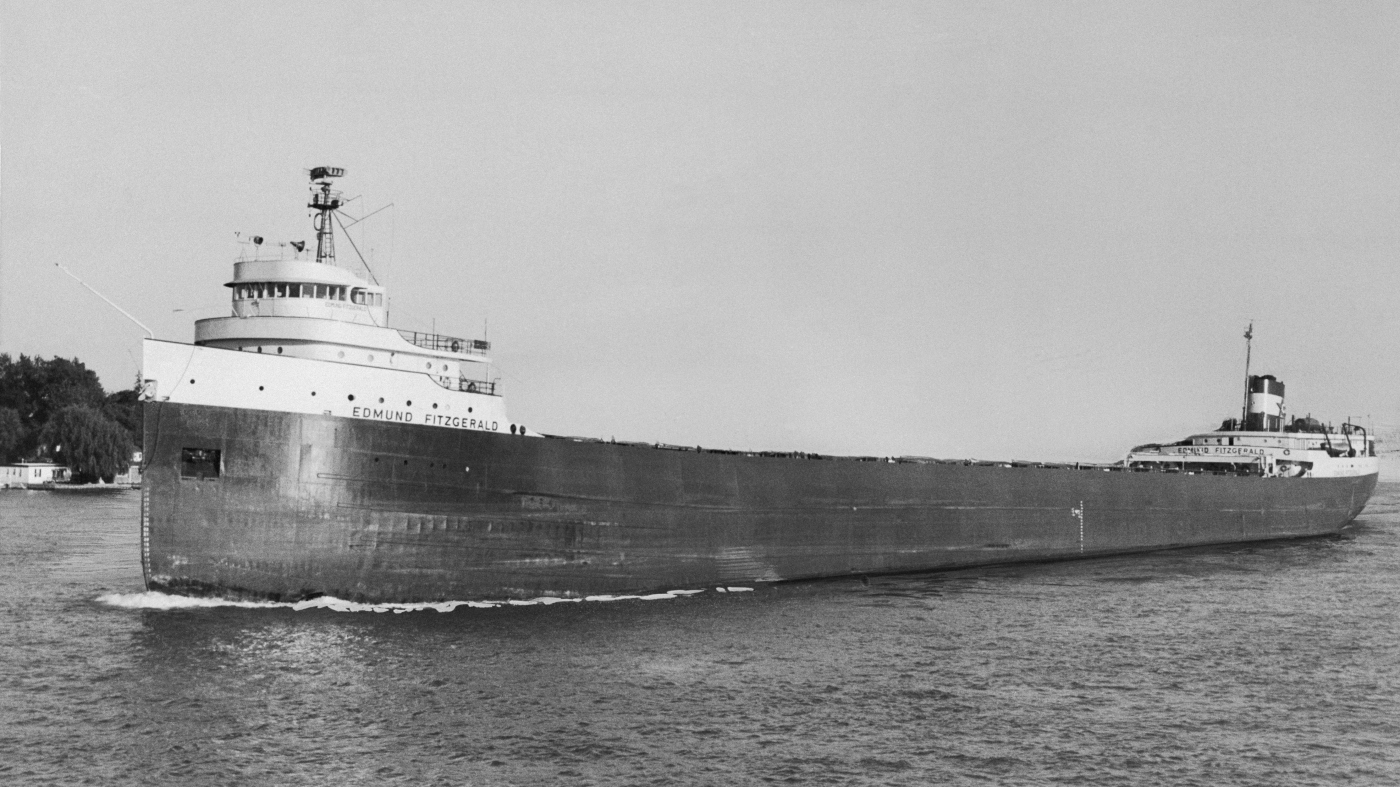UPDATE: Today marks the 50th anniversary of the tragic sinking of the Edmund Fitzgerald in Lake Superior, a disaster that shocked the maritime community and inspired a timeless ballad by Gordon Lightfoot. The freighter, loaded with 26,000 tons of iron ore pellets, went down in a fierce storm on November 10, 1975, claiming the lives of all 29 crew members.
In a shocking turn of events, Lightfoot’s song, “The Wreck of the Edmund Fitzgerald,” became a cultural phenomenon shortly after the tragedy, reaching number two on the Billboard Hot 100 in 1976. Lightfoot, who had hesitated to write the song for fear of exploiting the tragedy, found himself deeply connected to the event as an experienced sailor on the Great Lakes.
According to author John U. Bacon, who chronicles this maritime disaster in his bestseller, The Gales of November, the song elevated the Edmund Fitzgerald’s story into popular history. Bacon noted that prior to this incident, between 1875 and 1975, there were at least 6,000 commercial shipwrecks on the Great Lakes — an average of one every week for a century.
The Edmund Fitzgerald, often referred to as a “freshwater Titanic,” was launched in 1958 in Detroit to great fanfare, drawing crowds of 15,000 people. Its tragic end came during a storm with winds reaching up to 100 miles per hour and waves as high as 60 feet. This disaster highlighted the vulnerabilities of Great Lakes shipping, particularly in severe weather conditions.
Lightfoot’s ballad has since become a source of comfort and remembrance for the families of the sailors lost. He formed close ties with these families, attending reunions and even establishing a scholarship fund at the Great Lakes Maritime Academy, which lost a cadet and an alumnus in the sinking. Academy Superintendent Jerry Achenbach shared that many cadets had opportunities to meet Lightfoot during his performances in the area.
Bacon emphasizes the lasting impact of the Edmund Fitzgerald on maritime safety, stating that there have been no major commercial shipwrecks on the Great Lakes in the last 50 years. This anniversary serves as a reminder not just of the lives lost, but also of the changes it spurred in safety regulations, ensuring that such a tragedy would not be repeated.
As communities reflect on the legacy of the Edmund Fitzgerald today, Gordon Lightfoot’s poignant tribute continues to resonate, reminding us of the human stories intertwined with these maritime histories. The song has become a crucial part of Great Lakes culture, ensuring that the memory of the sailors who perished will never fade.
Stay tuned for further updates as we commemorate this significant anniversary and its ongoing impact on maritime safety and culture.
